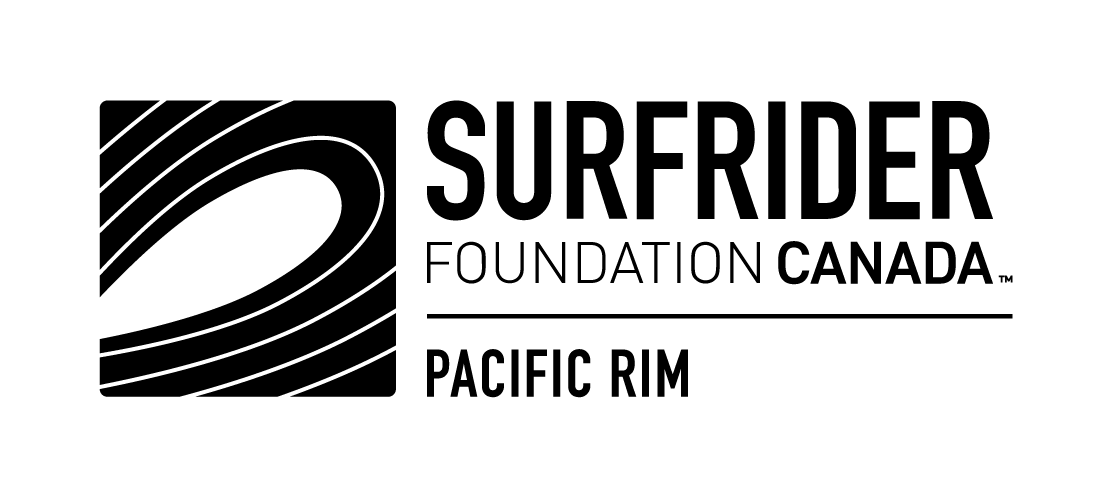The Circular Economy
Photo by: Sarah Bennett
Article by: Sarah Bennett, Surfrider volunteer
You may have heard the words circular economy being talked about here and there, and have thought to yourself; “What is a circular economy?” “Is it actually important for our future way of life?” “How can I contribute?”. Fret not, as this article is here to answer some of those questions for you.
The current way our economy works here in Canada is; we extract, use, then dispose. This cycle is called a linear economy, and is putting mass amounts of pressure on the ecosystem, communities and oceans. Think of it as a straight line that moves from resource to extraction then to a landfill, rarely anything gets reused or made into something new.
With a circular economy, the idea is that nothing is waste and everything has a purpose. In a circular economy it’s about using every resource wisely, making sure that everything that is taken from the earth will be either repaired, reused, refurbished, or remade into something brand new.
Circular practices and businesses are already evolving in the Pacific Rim. Including, in the works of local artist Kim Leckey, and the creator of her company Sea Woven. Kim, currently residing on Yuułuʔiłʔatḥ territory, collects marine debris rope that she finds along the Pacific Rim shorelines and upcycles it into macraweave art that is unique to the West Coast.
I had the pleasure of talking to Kim and asking her some questions about the circular economy and how she feels about contributing to it, and what exactly it means to her and her small business. Kim mentioned that she would hope change would come from the top, from larger businesses leading by example. However, in reality “Its the job of small businesses or artists in particular to inspire and make a change and to show what the consumer wants and then it trickles up into the industry. So if the trends of the moment are reusing, repurposing, or refurbishing materials then the culture as a whole can be changed from the bottom up, individuals and individual artists can feel like they can make a change”
I also asked Kim if it's challenging to find the materials she uses to make her art in her area. She said “Its plentiful in my area, but you can’t find it in every area. Its very particular to the aesthetic of the place, which makes it very special, and makes it more valuable, because you can’t find marine debris rope in the city.”
By Kim using the materials that are around and available to her, and not going out and buying these materials Kim is successful in making each and every one of her fibre art pieces truly unique. Kim’s art is beautiful and well thought out, as every fibre art piece she makes reflects the love and dedication it took to make it. To find out more about Kim’s work, check out Sea Woven’s website or social media, and see what amazingly unique designs she comes up with next!
At Surfrider Pacific Rim, we are focused on bringing circular ideas to the community and encouraging the reuse, repurposing, or refurbishment of materials to protect local coastlines. This includes the recent relaunch of our Stitch n’ Beach Program. The idea behind this program is to reduce the amount of fabric waste that is put into landfills every year. Did you know that more than 10.5 million tonnes of clothes and textiles in North America alone are disposed of each year? We designed this program to introduce an accessible circular economy solution to the community and empower individuals to discover what they are capable of creatively.
The Stitch n’ Beach program is open to the public, and is held at the Tofino Tourism Centre from 6pm - 8pm on select dates of each month. The idea is for community members to be given a space and the resources to practice their sewing skills and create sustainable sewing projects (ie totes, utensil wraps, dish clothes and more!) using donated fabrics that may have otherwise been discarded to the landfill.We will also teach skills on how to alter, repair and mend items that still have some life in them, such as old clothes or backpacks. Folks are also welcome to bring any of their own equipment and ideas they may already have on the go, as this Program is also intended for individuals in the community to connect with one another.
The circular economy is one of the best options for our future way of life, and learning more about it is what's going to help our community and the environment as a whole. Join Surfrider to learn more and find out how you can be a part of this initiative.

